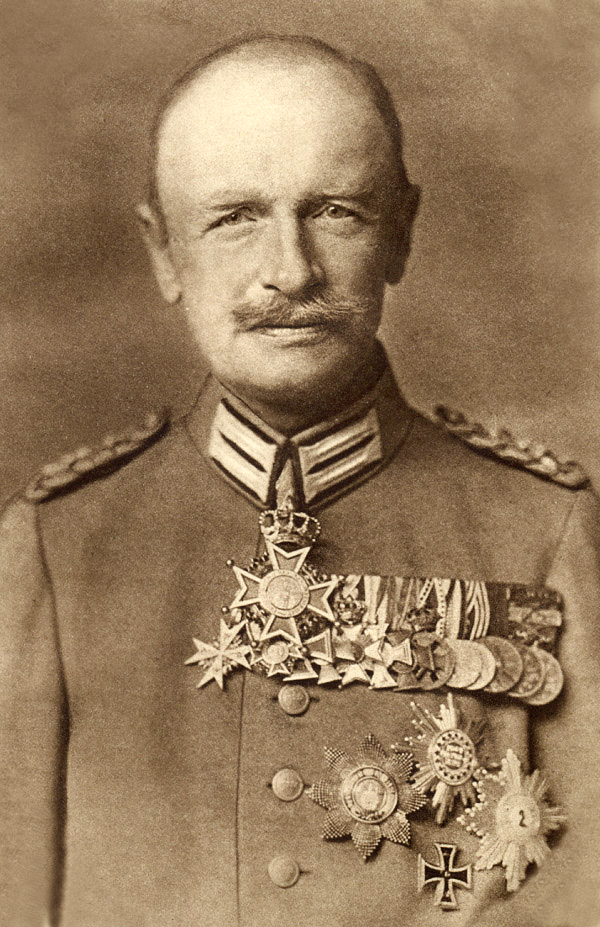by Scott Mehl © Unofficial Royalty 2017
Kingdom of Saxony: The rulers of the Electorate of Saxony of the House of Wettin had held the title of Elector for several centuries. Friedrich August III, Elector of Saxony was not involved in the establishment of the Confederation of the Rhine, which brought about the end of the Holy Roman Empire. Staying out of politics, he was drawn in when Napoleon advanced into German territory, siding with Prussia. The Saxony forces suffered significant losses and Friedrich August soon surrendered. He was forced to join the Confederation of the Rhine and had to cede territory to the Kingdom of Westphalia. However, the trade-off was Saxony’s elevation to a kingdom. So on December 20, 1806, Friedrich August became King Friedrich August I of Saxony. On November 13, 1918, the last King of Saxony, Friedrich August III formally abdicated the Saxony throne, bringing about the end of the monarchy. Today, the land that was once the Kingdom of Saxony is located in the German state of Saxony, in the east of Germany, bordering Poland and the Czech Republic.
********************

Friedrich August III, King of Saxony- Source: Wikipedia
King Friedrich August III was the last King of Saxony, reigning from 1904 until 1918. He was born Friedrich August Johann Ludwig Karl Gustav Gregor Philipp on May 25, 1865, in Dresden, Kingdom of Saxony, now in the German state of Saxony, the eldest son of King Georg of Saxony and Infanta Maria Ana of Portugal. He had seven siblings:
- Marie Johanna (1860-1861) – died in infancy
- Elisabeth Albertine (1862-1863) – died in infancy
- Mathilde Marie (1863-1933) – unmarried
- Maria Josepha (1867-1944) – married Archduke Otto Franz of Austria, had issue including Karl I, the last Emperor of Austria
- Johann Georg (18691938) – married (1) Duchess Maria Isabella of Württemberg, no issue; (2) Princess Maria Immaculata of Bourbon-Two Sicilies, no issue
- Maximilian Wilhelm (1870-1951) – ordained a Roman Catholic priest
- Albert Karl (1875-1900) – unmarried, died from injuries received in a carriage crash caused by Prince Miguel of Braganza

Archduchess Luise of Austria. source: Wikipedia
Friedrich August began his military career at age 12, entering the Saxony Army as a second lieutenant, and serving with various regiments over the next 27 years before his accession to the throne. On November 21, 1891, he married Archduchess Luise of Austria, Princess of Tuscany, the daughter of Ferdinando IV, Grand Duke of Tuscany and Princess Alicia of Bourbon-Parma. They had seven children:
- Georg, Crown Prince of Saxony (1893-1943) – became a Roman Catholic priest and renounced his succession rights
- Friedrich Christian, Margrave of Meissen (1893-1968) – married Elisabeth Helene of Thurn und Taxis, had issue
- Ernst Heinrich (1896-1971) – married (1) Sophie of Luxembourg, had issue; (2) Virginia Dulon, no issue
- Maria Alix (born and died1898) – died at birth
- Margarete Karola (1900-1962) – married Friedrich, Prince of Hohenzollern, had issue
- Maria Alix (1901-1990) – married Franz Joseph, Prince of Hohenzollern-Emden, had issue
- Anna Monika Pia (1903-1976) – married (1) Archduke Josef Franz of Austria, had issue; (2) Reginald Kazanjian, no issue
Friedrich August’s marriage quickly broke down, as Luise was unwilling to conform to the strict protocols of the Saxony court, and Friedrich August failed to stand up for her or support her. Luise began an affair with their children’s tutor and caused quite a scandal. Friedrich August’s father threatened to have her interned at a mental asylum in 1902, which led to Luise fleeing the country while pregnant with their youngest child. The marriage ended in divorce, by royal decree of King Georg in 1903.
Friedrich August became King of Saxony upon his father’s death on October 15, 1904. Much more popular than his father had been, he worked to strengthen the Saxony economy and increase the right to vote for all citizens. By the end of World War I, unrest had reached most of the major cities in Saxony. Unlike many of his peers, Friedrich August refused to suppress the uprisings by military force. Instead, on November 13, 1918, he released the allegiance of his military, and formally abdicated the Saxony throne, bringing about the end of the monarchy.

Friedrich August III with his children, c1914. source: Wikipedia
Friedrich August retired to Sibyllenort Castle in Lower Silesia (now Poland) where he would live the rest of his life. He spent his time hunting and traveling around the world. King Friedrich August III died at Sibyllenort on February 18, 1932, after suffering a stroke. His remains were brought to Dresden where he was buried in the Wettin Crypt at the Dresden Cathedral, formerly known as the Katholische Hofkirche (Catholic Church of the Royal Court of Saxony), Dresden, Saxony, Germany.
This article is the intellectual property of Unofficial Royalty and is NOT TO BE COPIED, EDITED, OR POSTED IN ANY FORM ON ANOTHER WEBSITE under any circumstances. It is permissible to use a link that directs to Unofficial Royalty.
Saxony Resources at Unofficial Royalty
